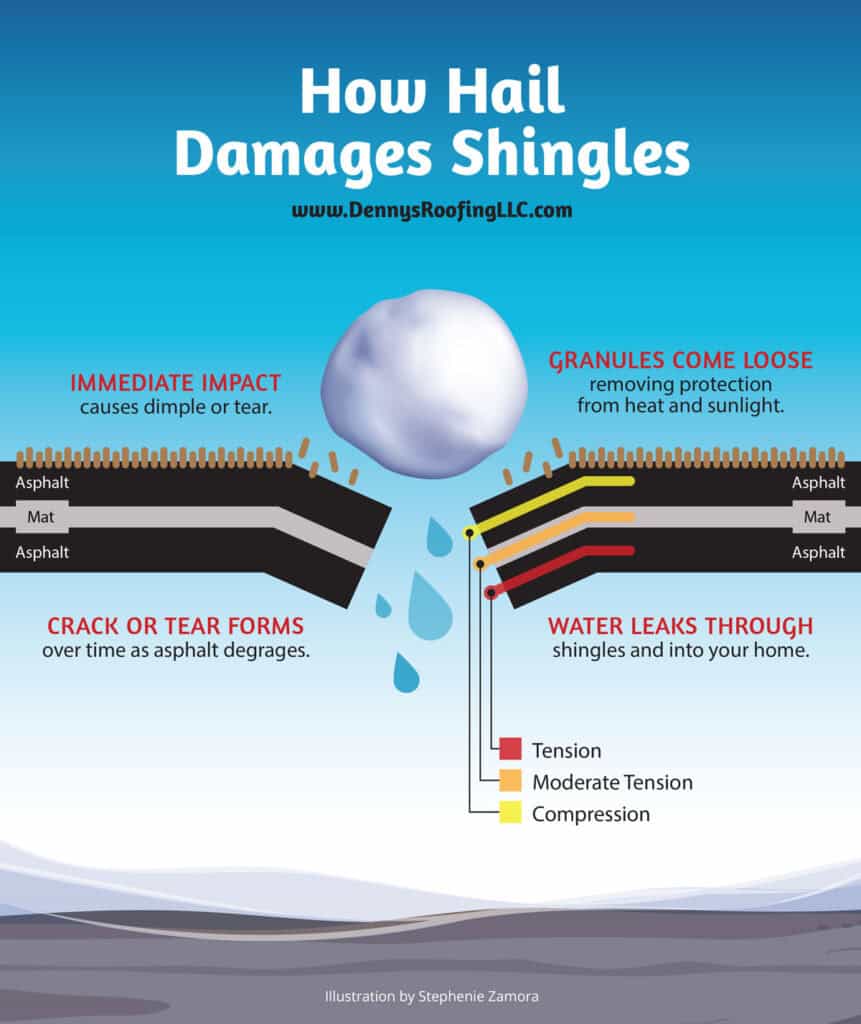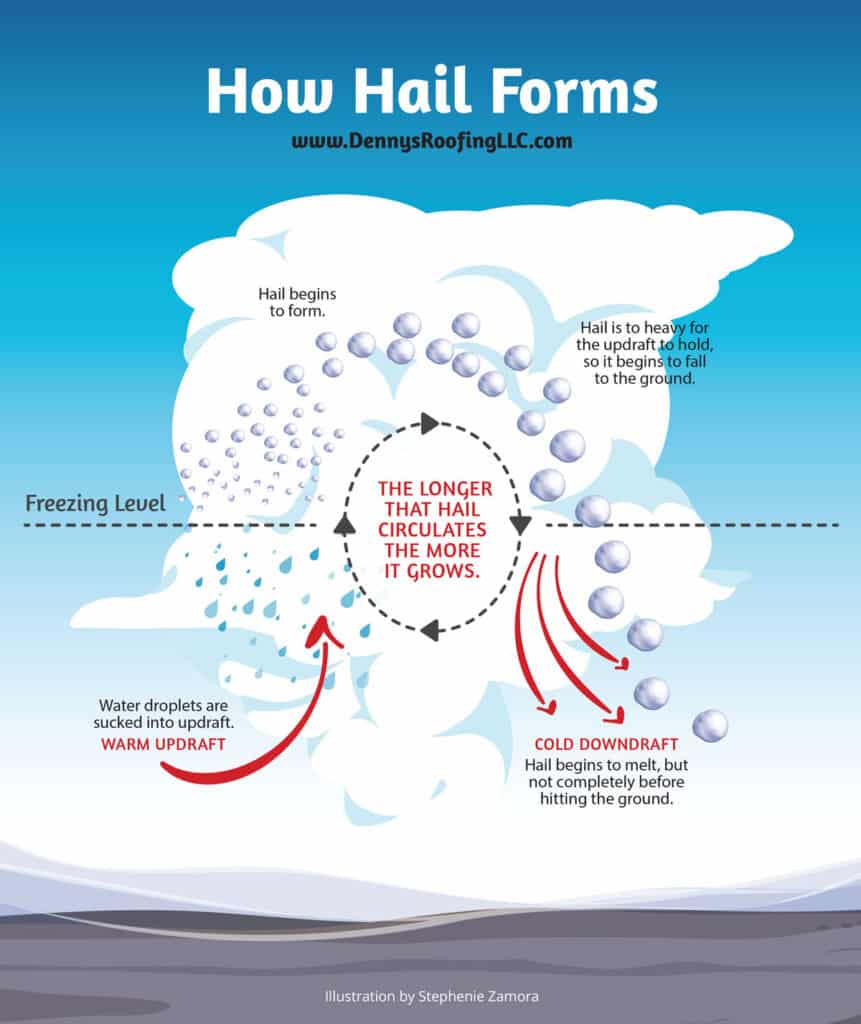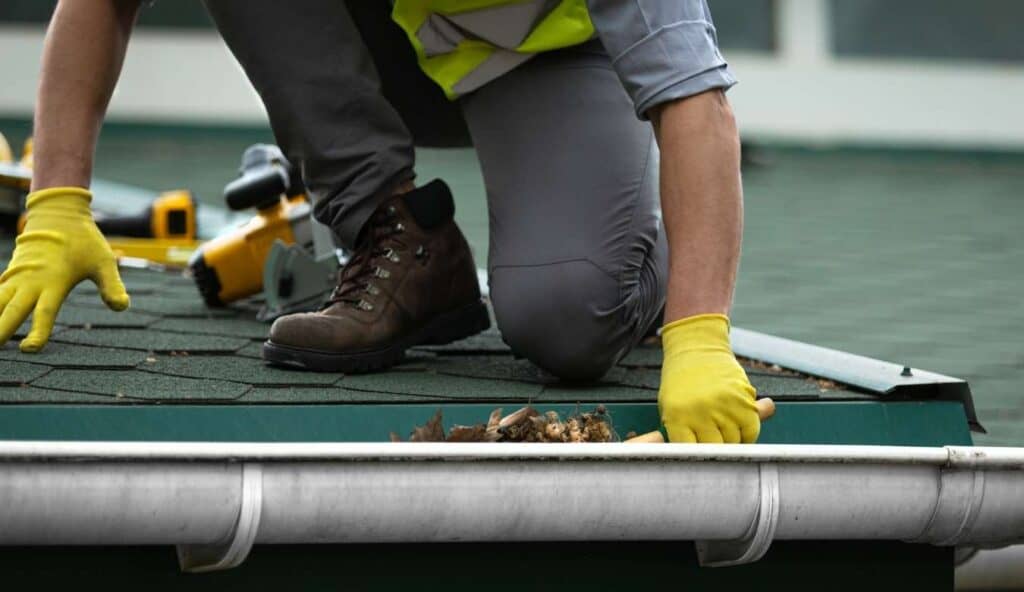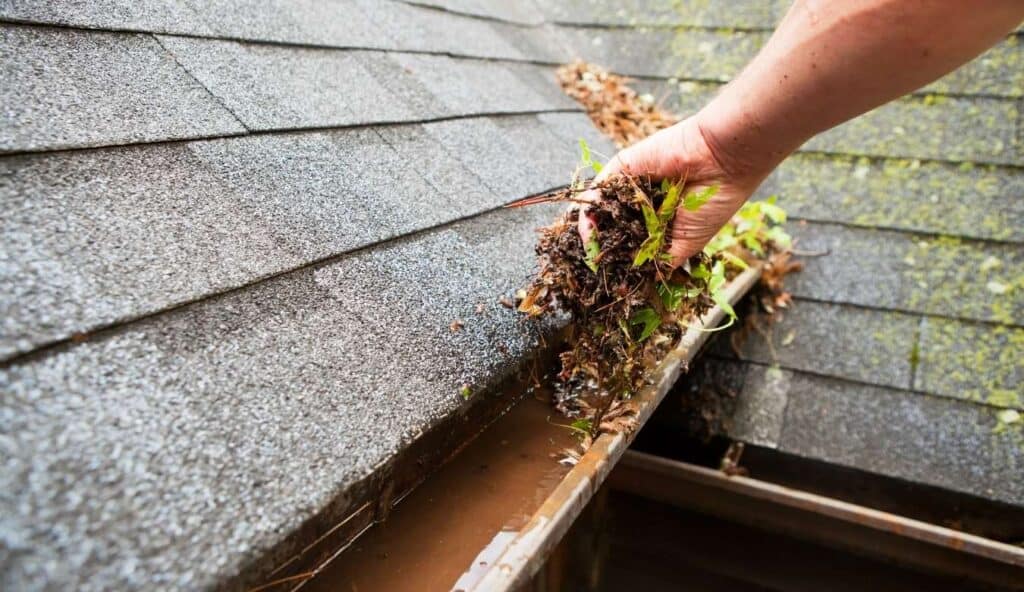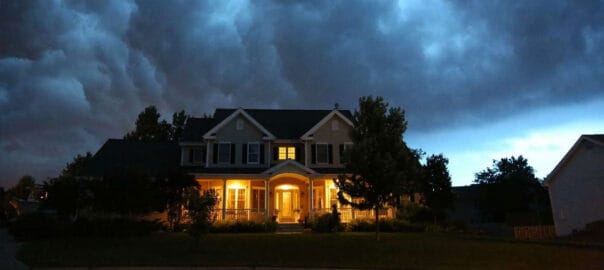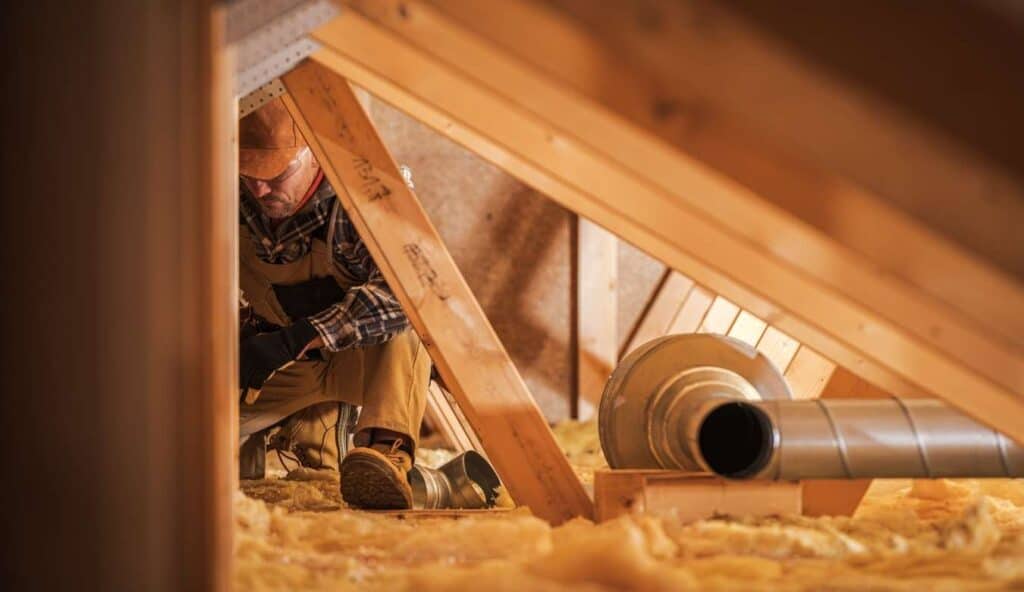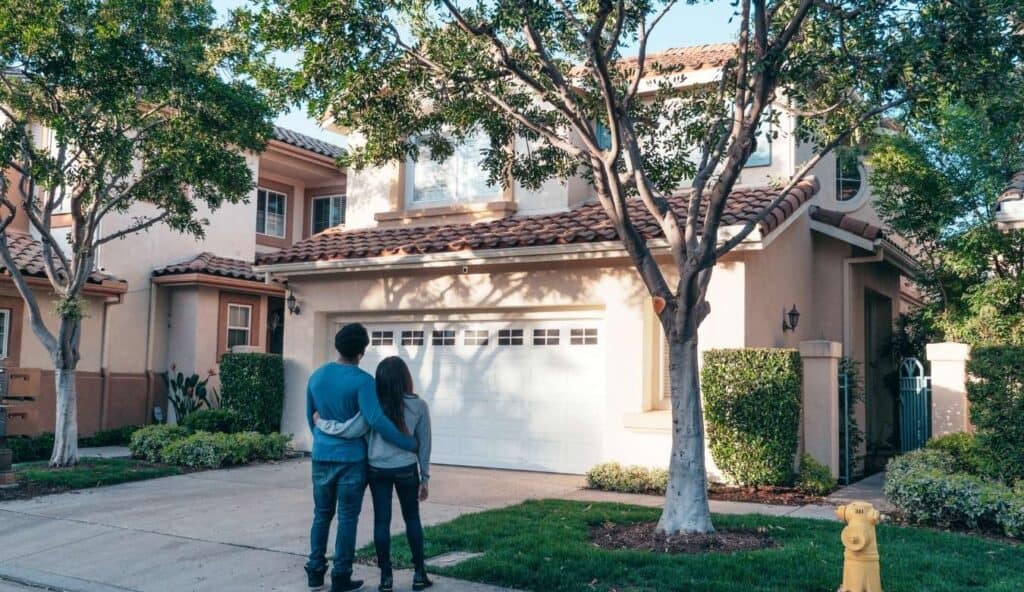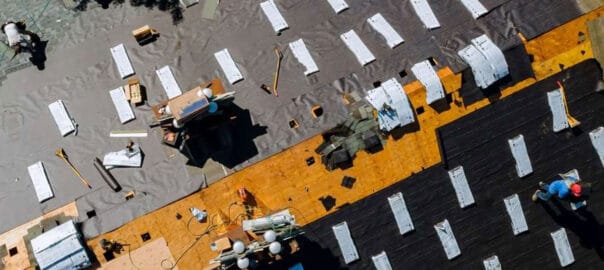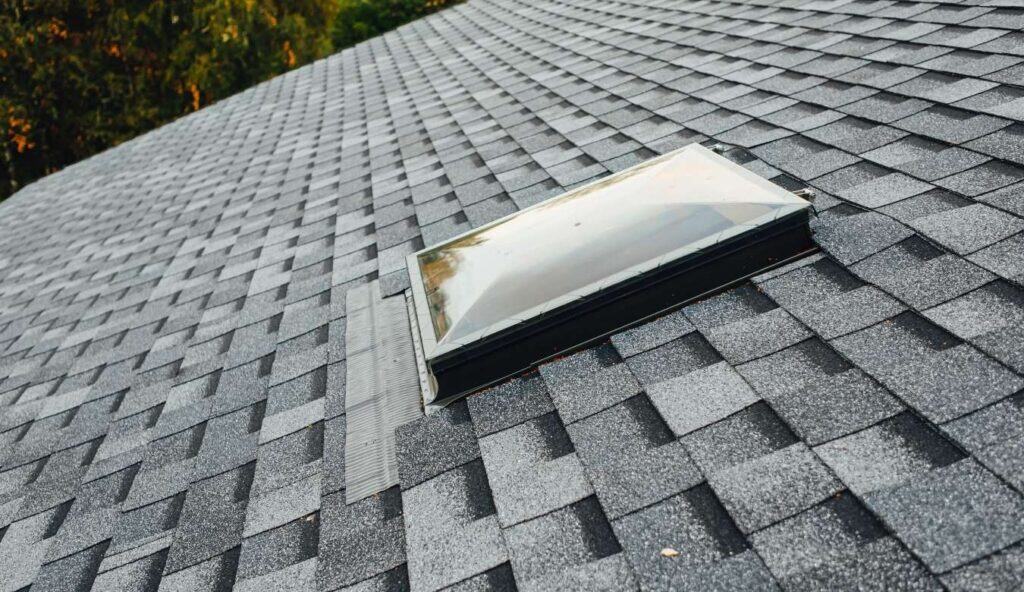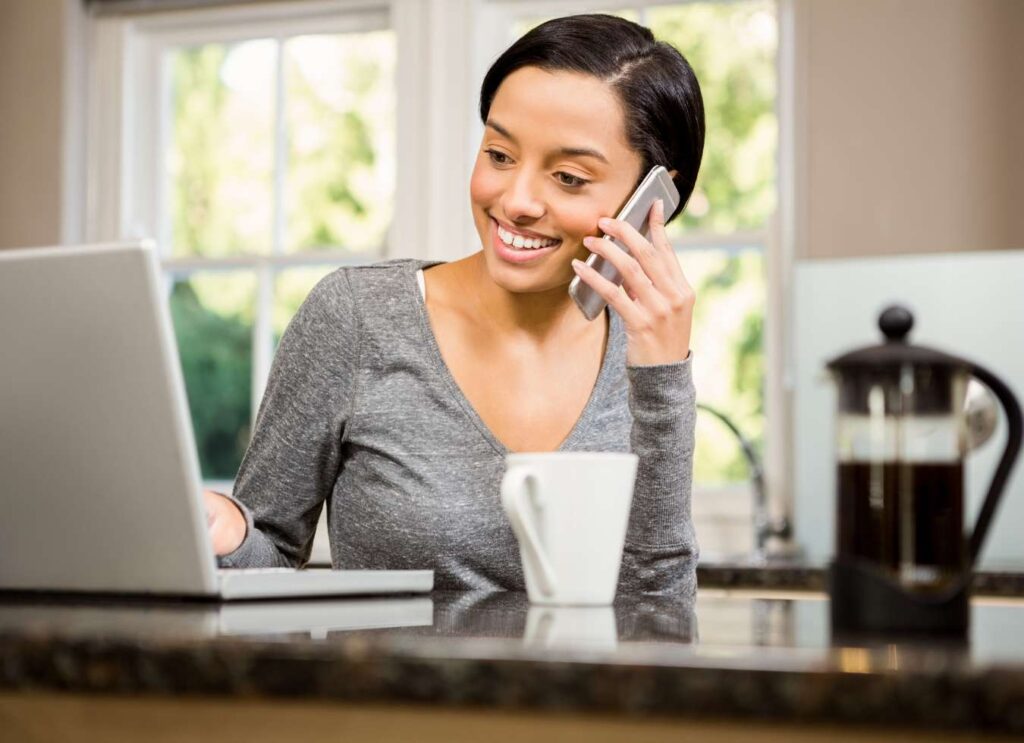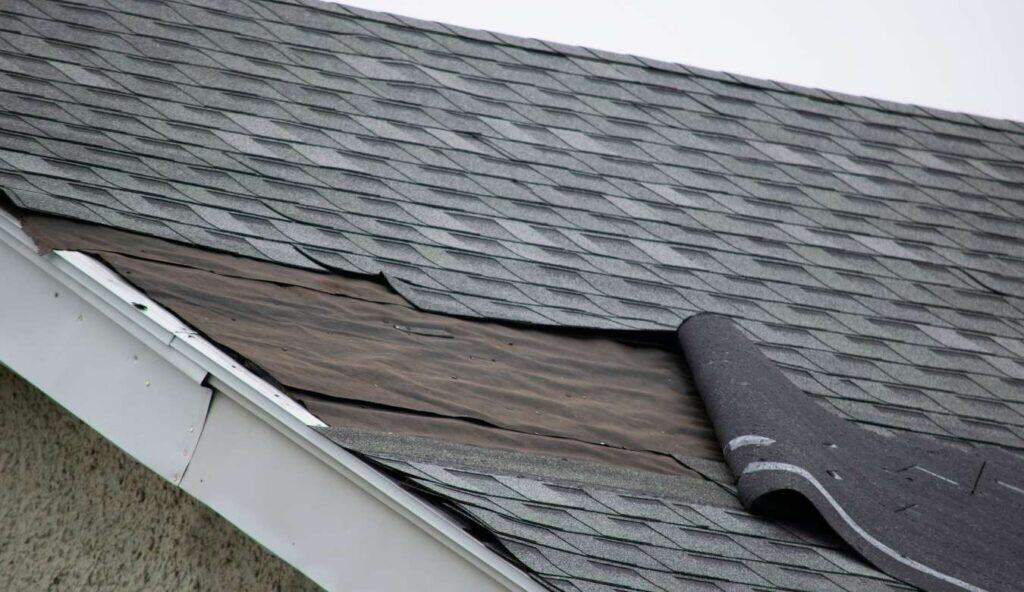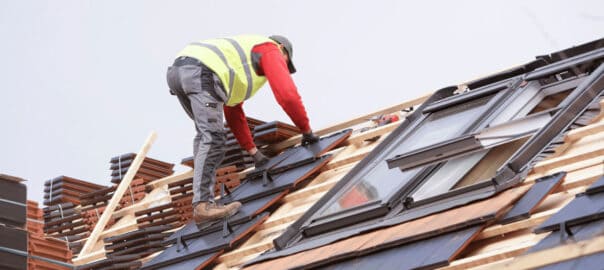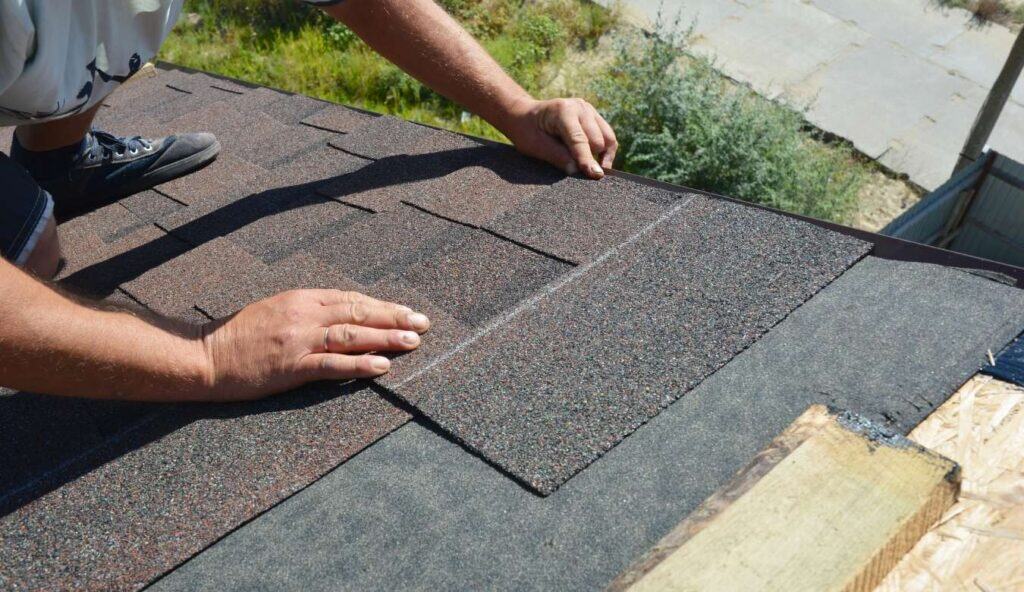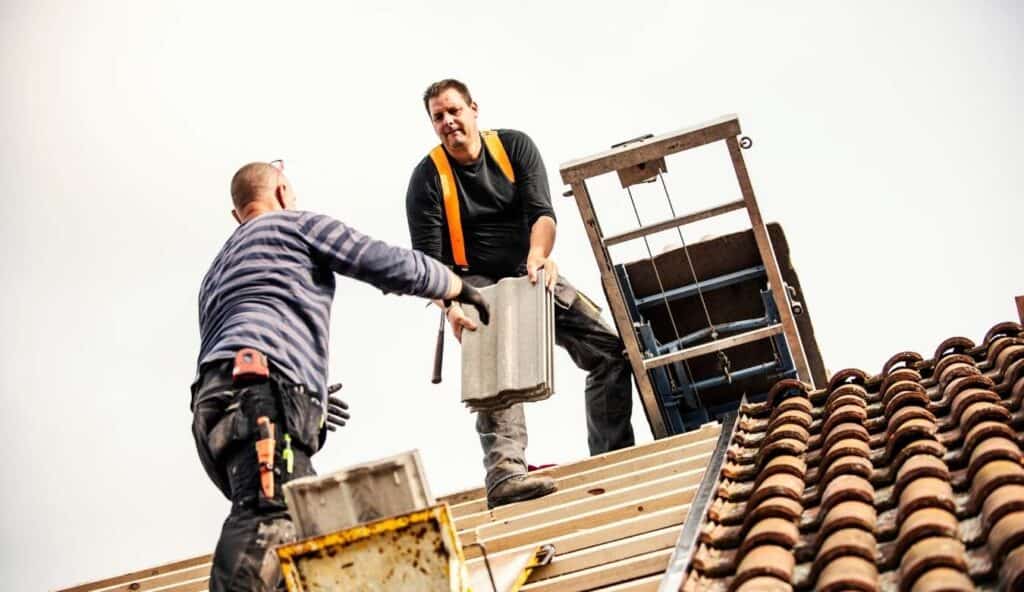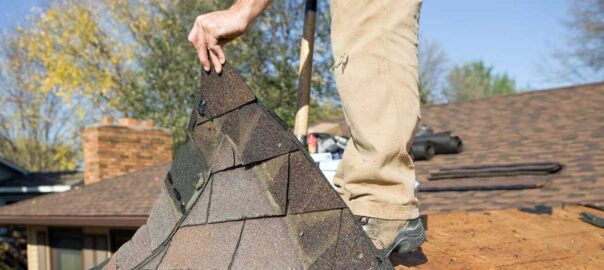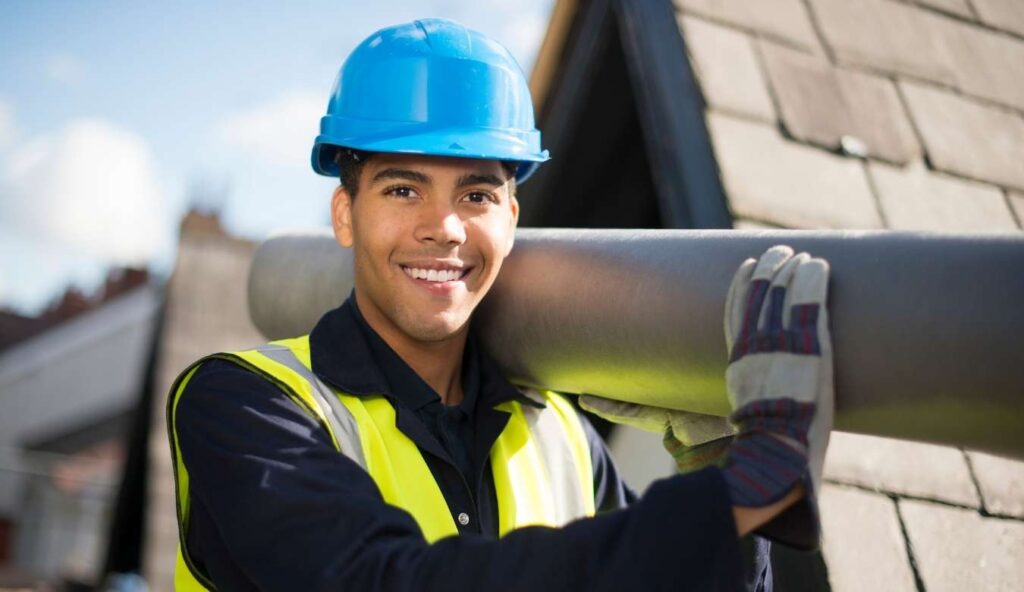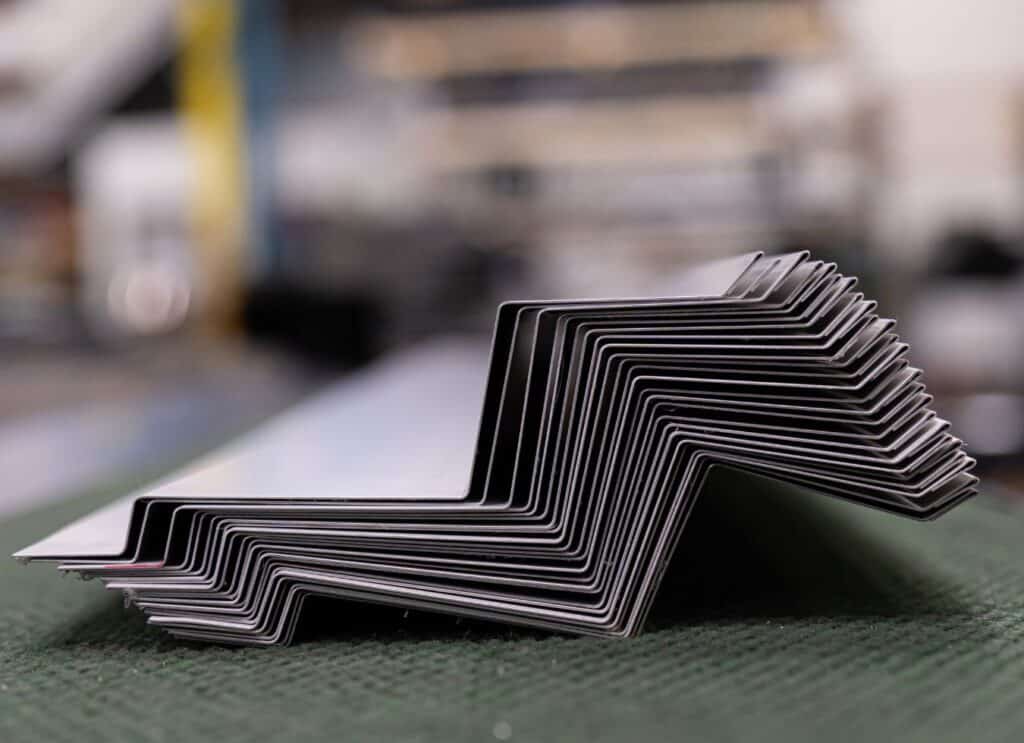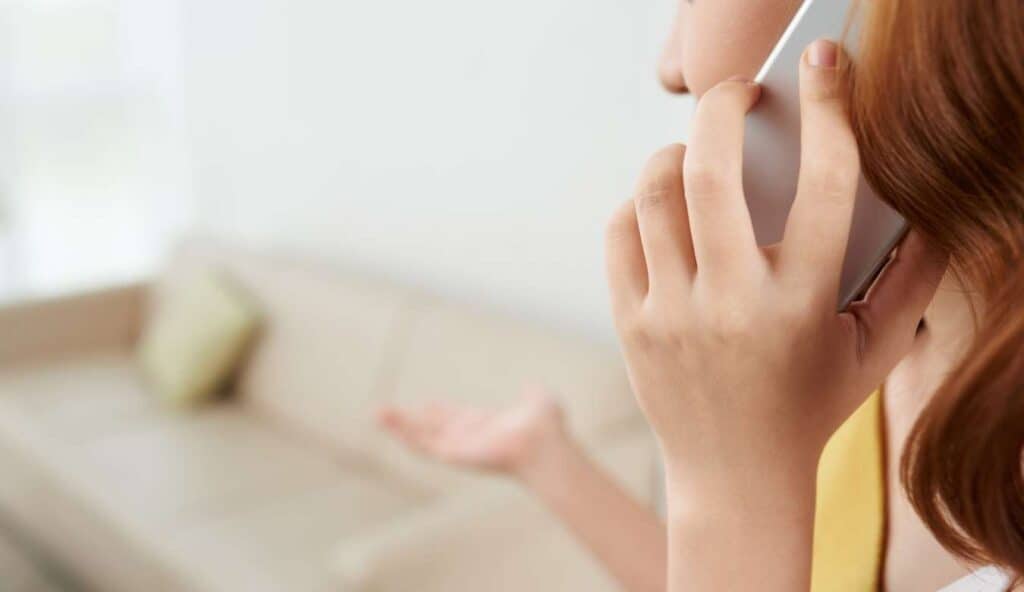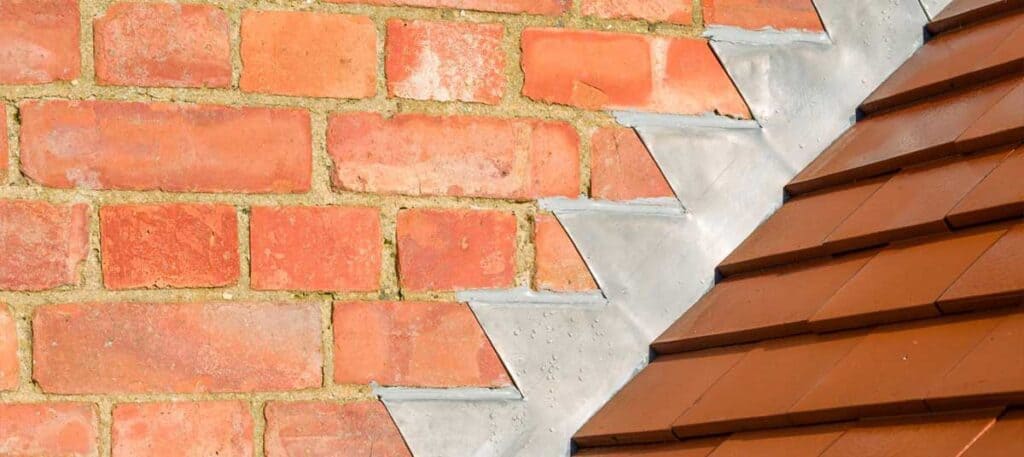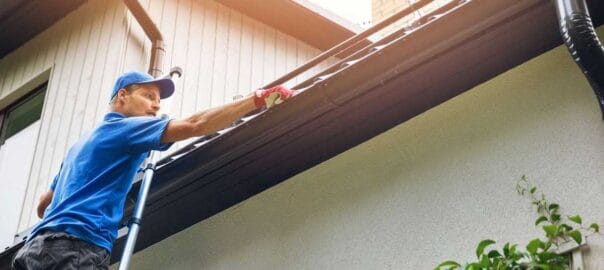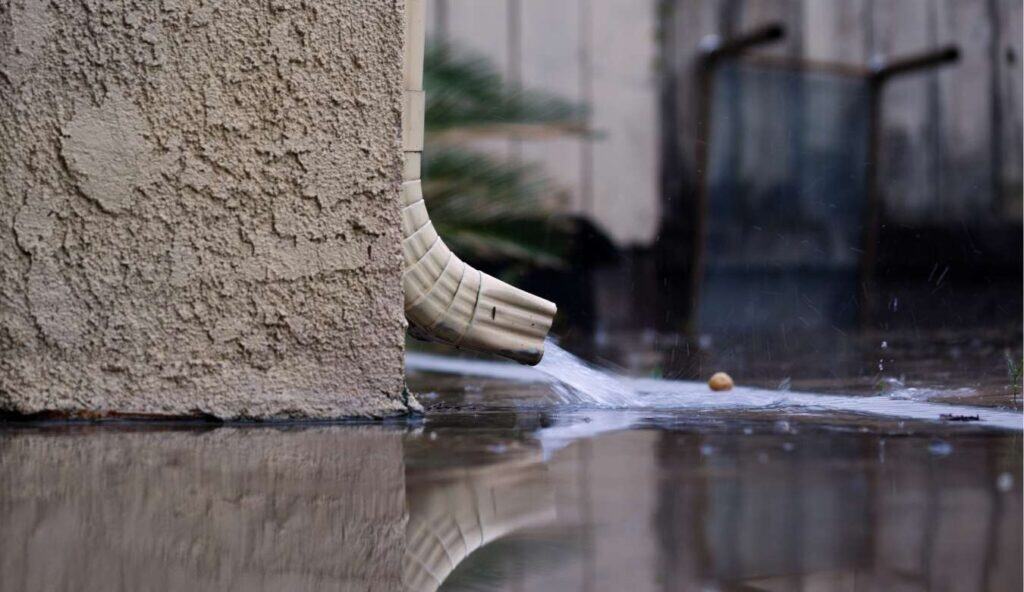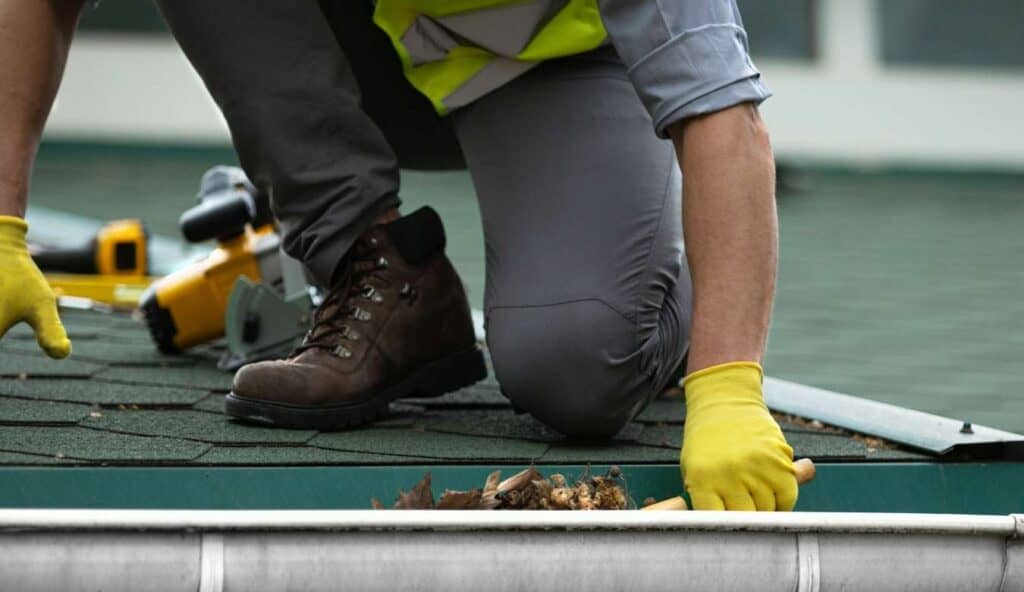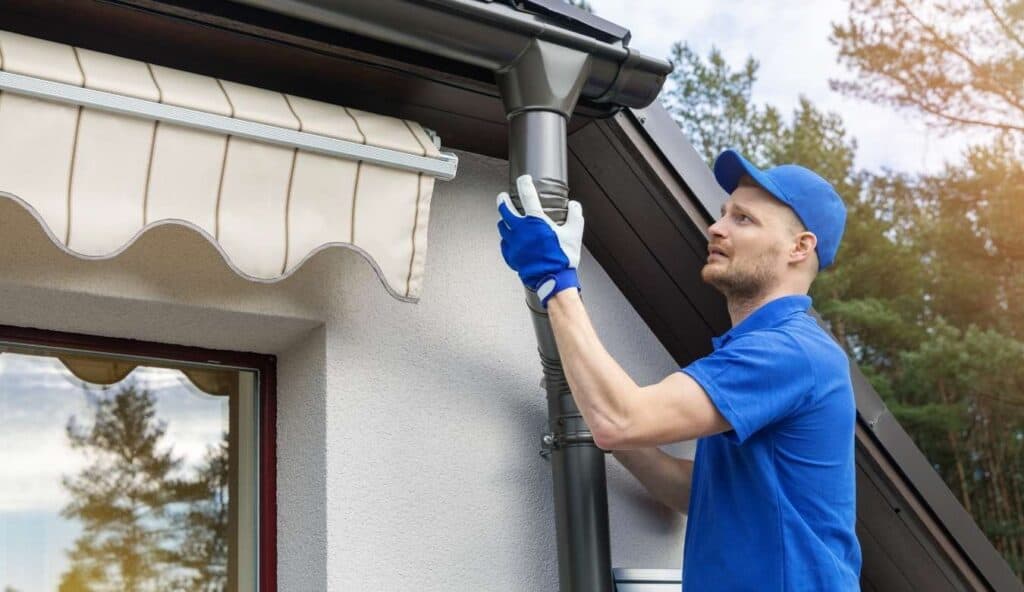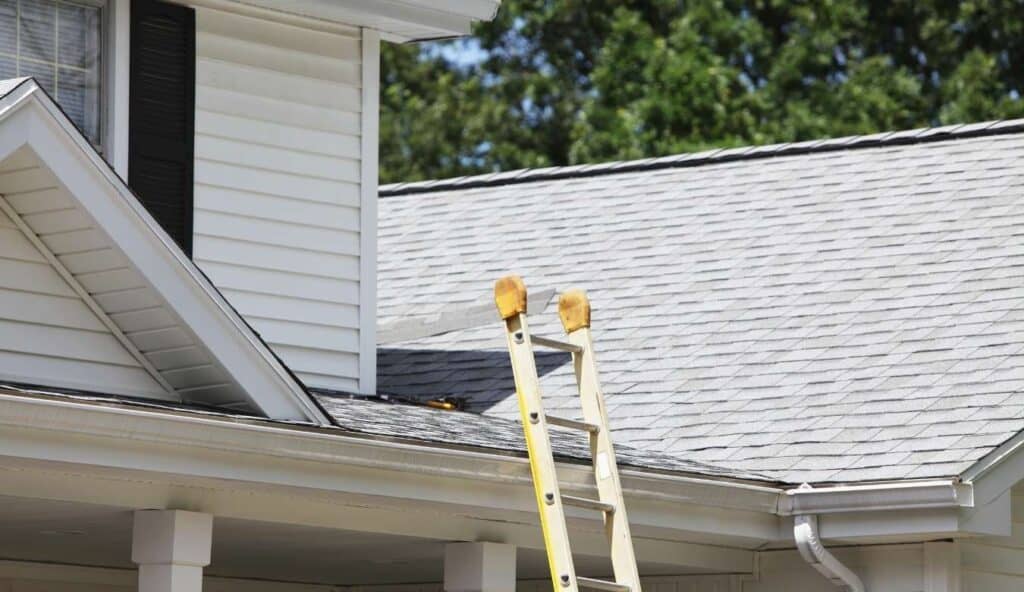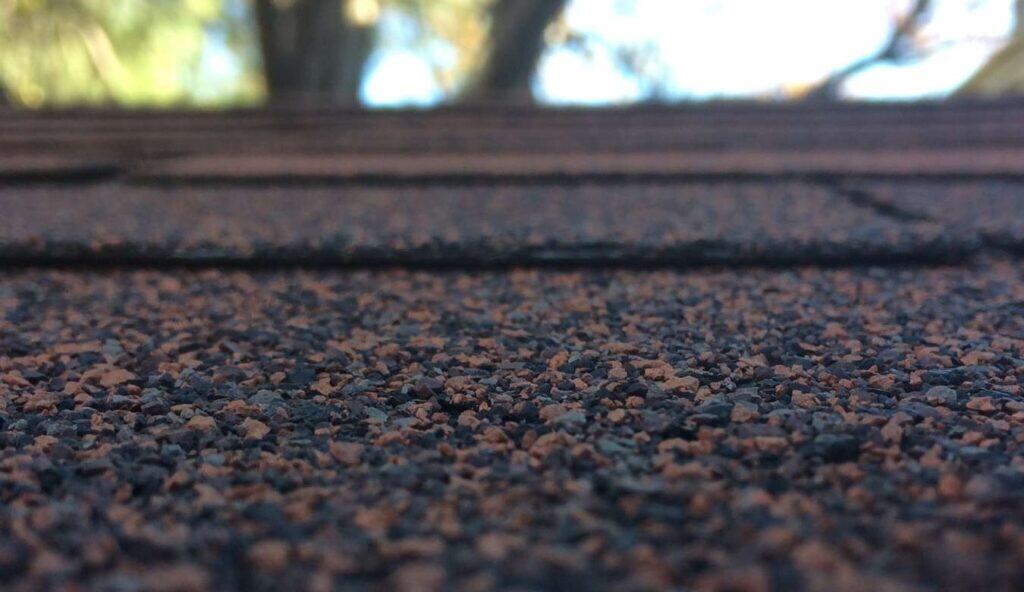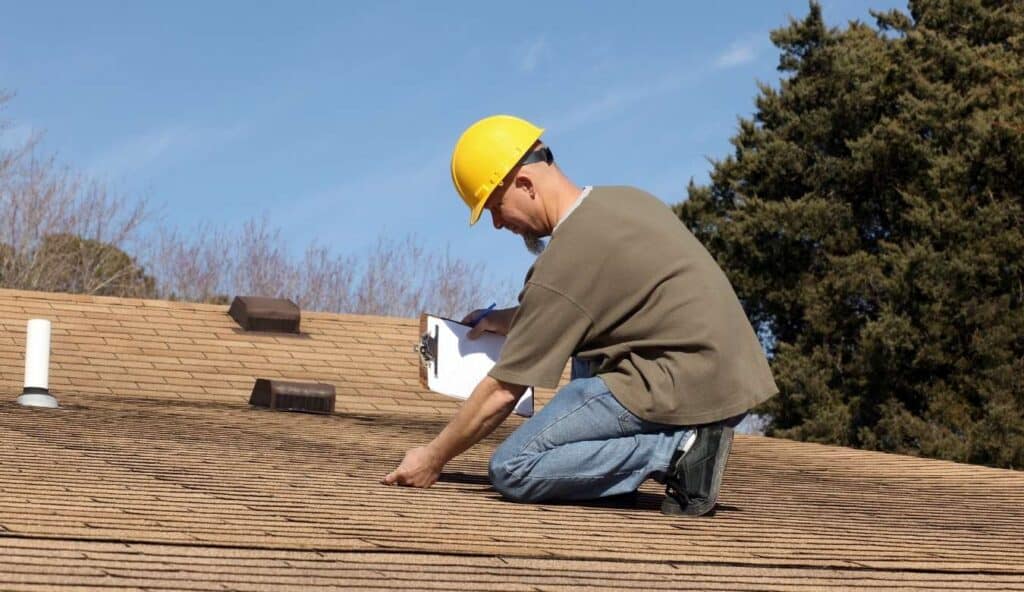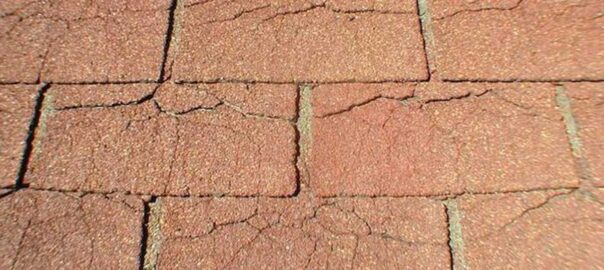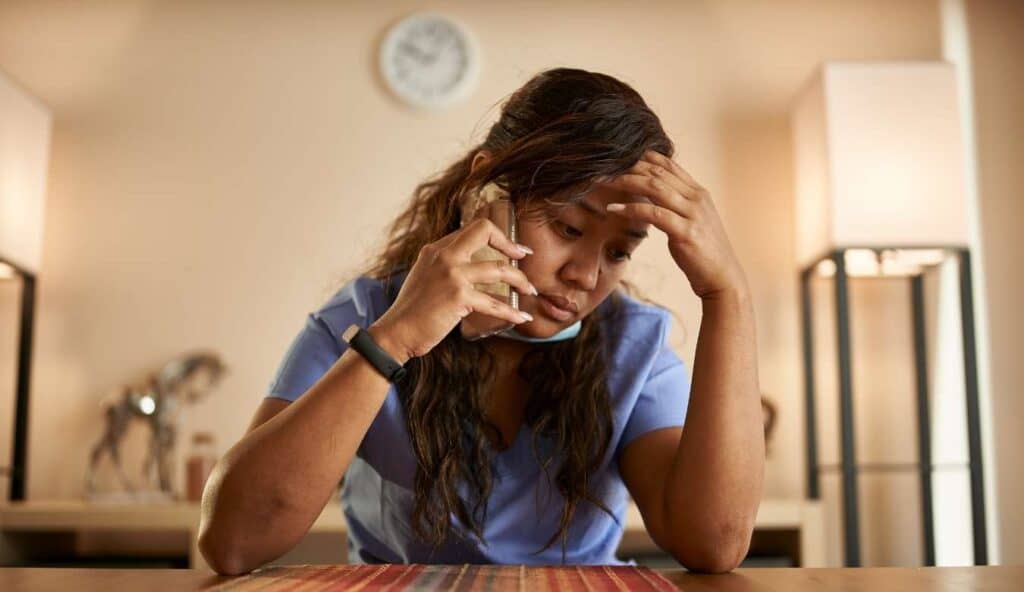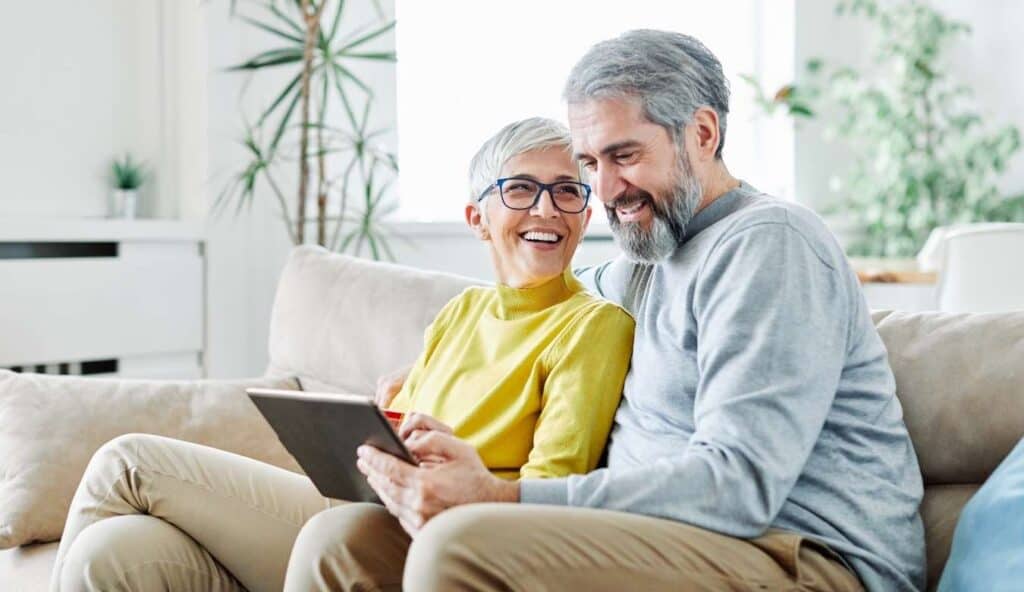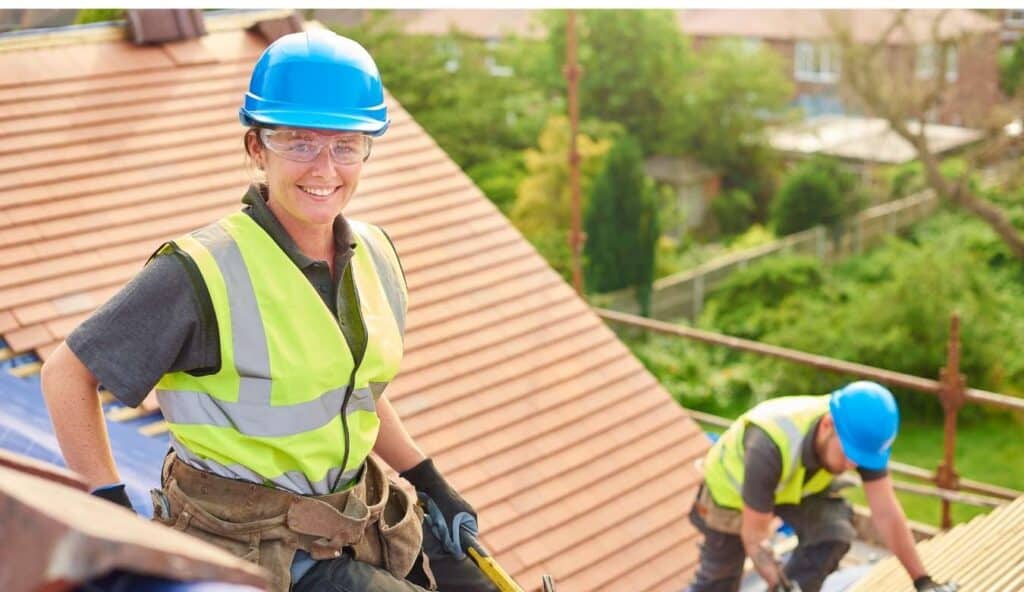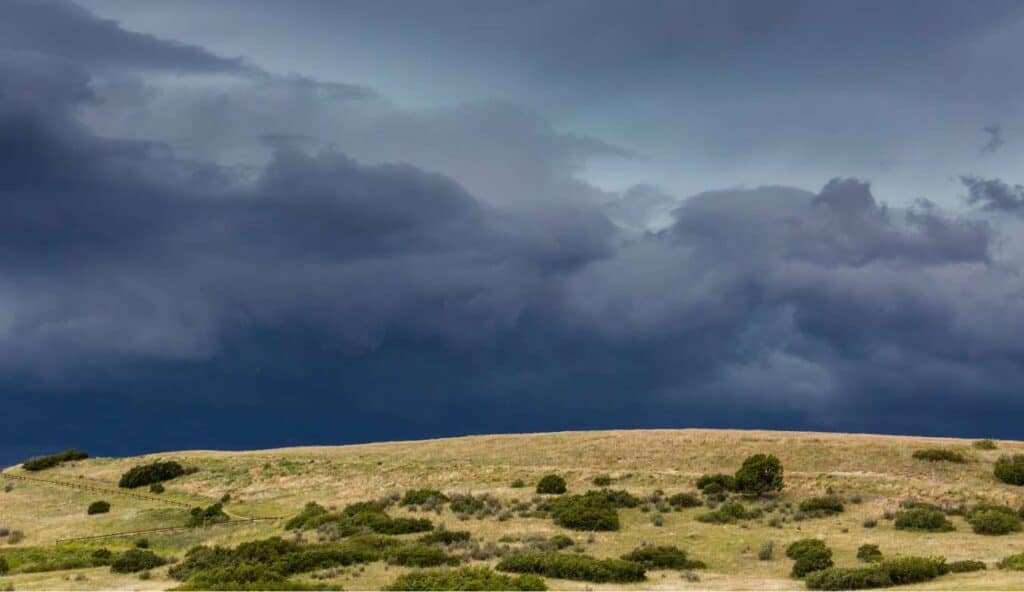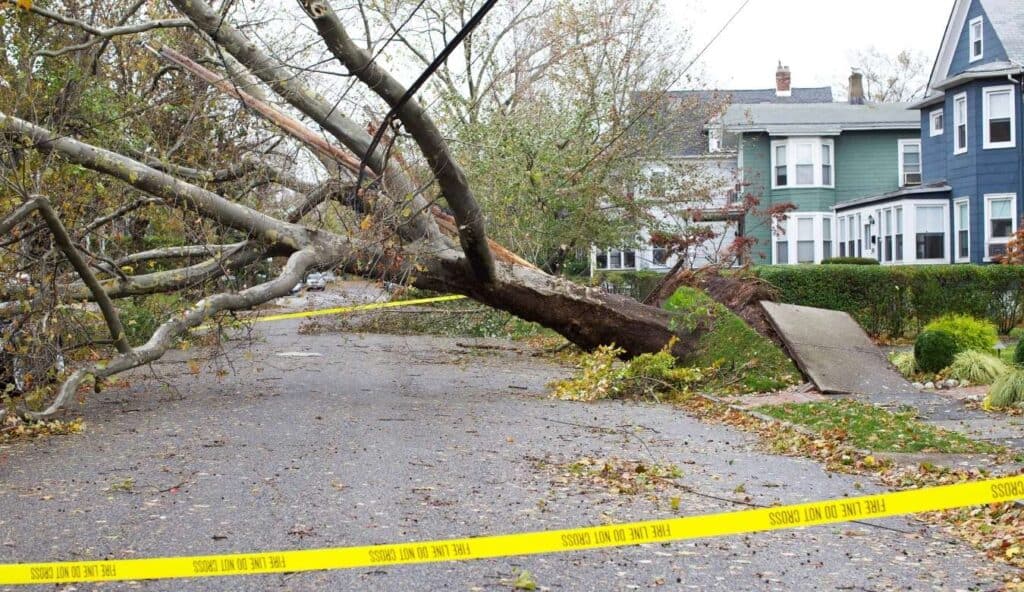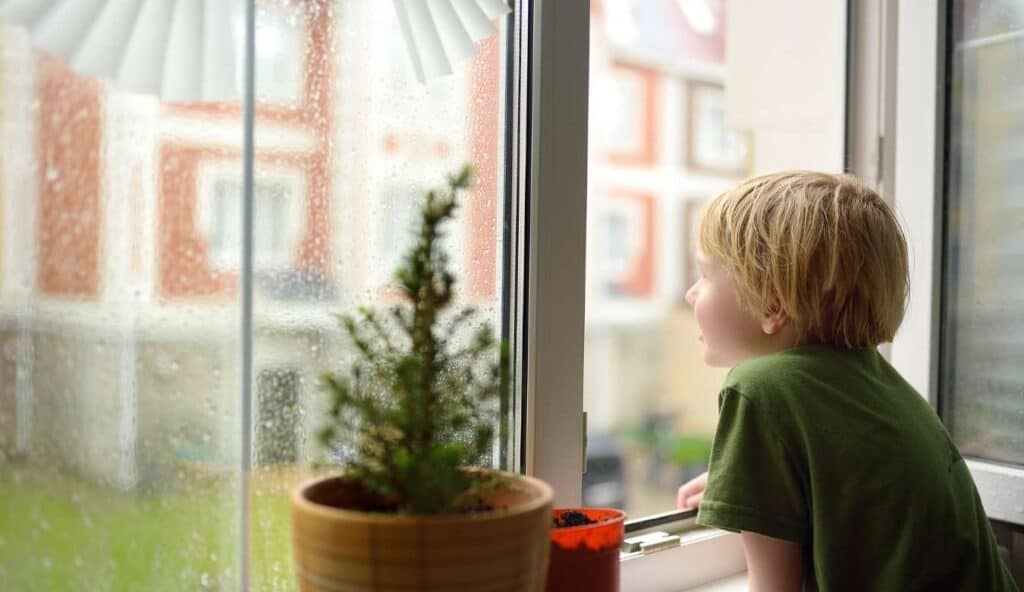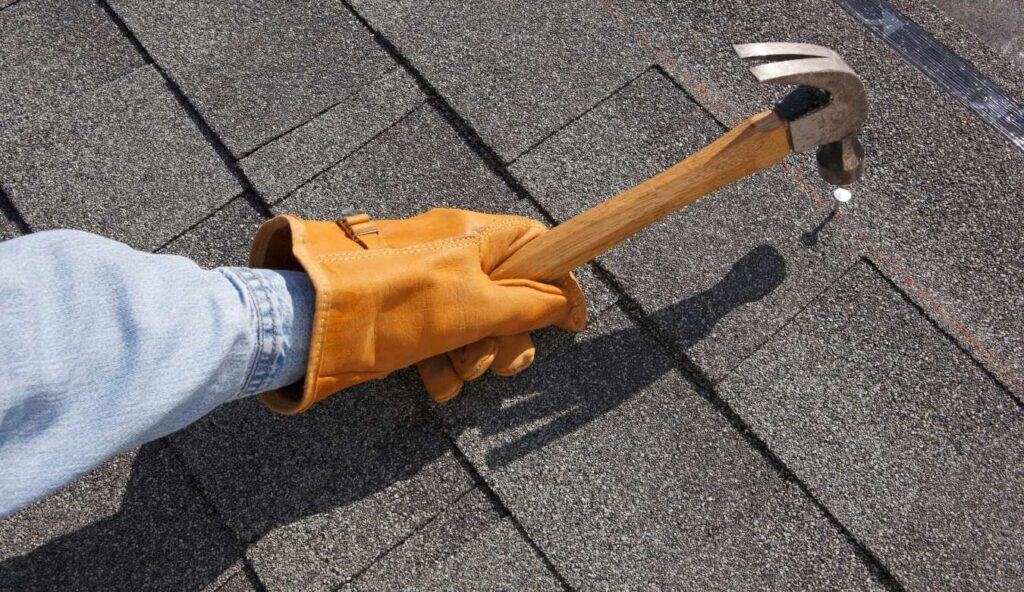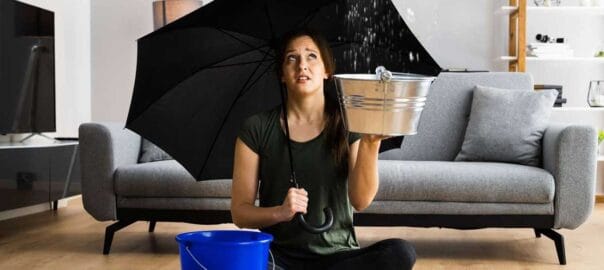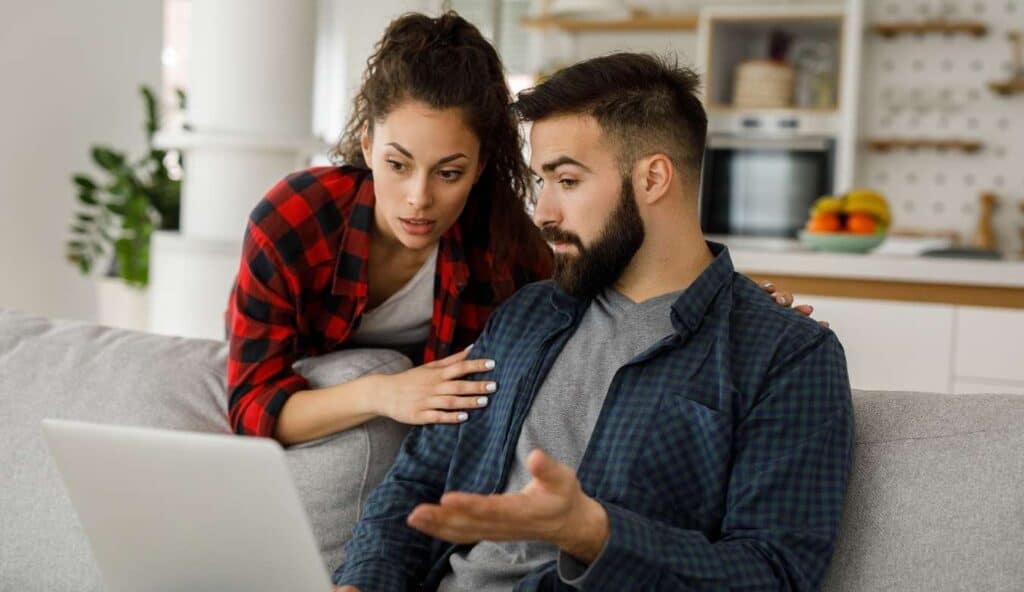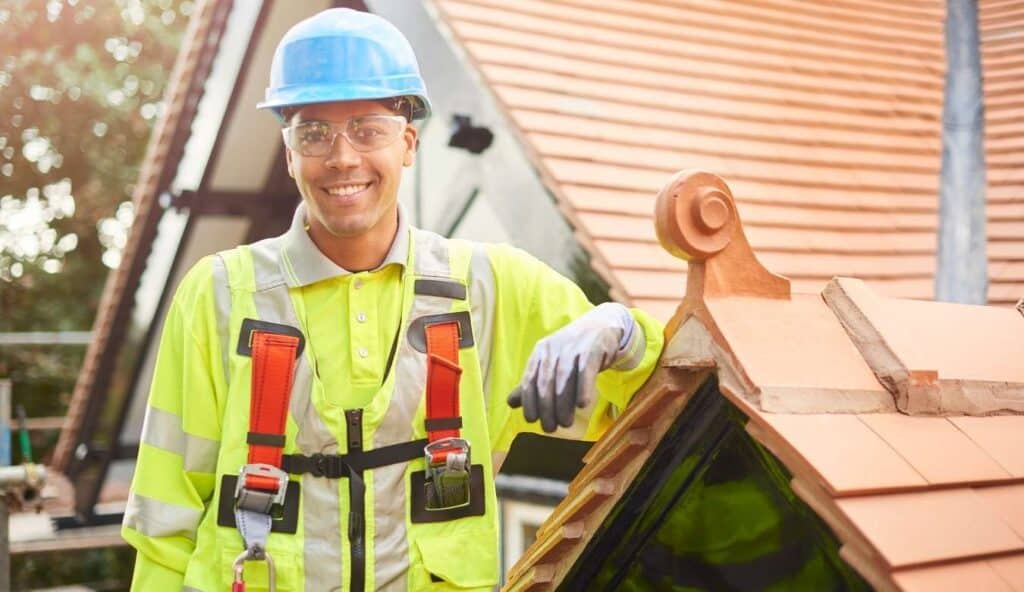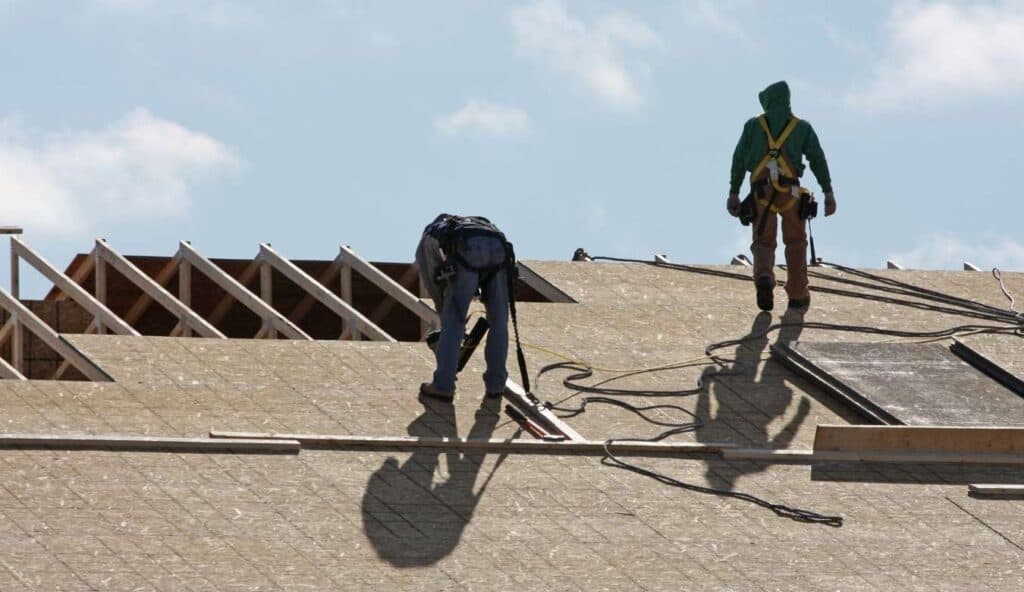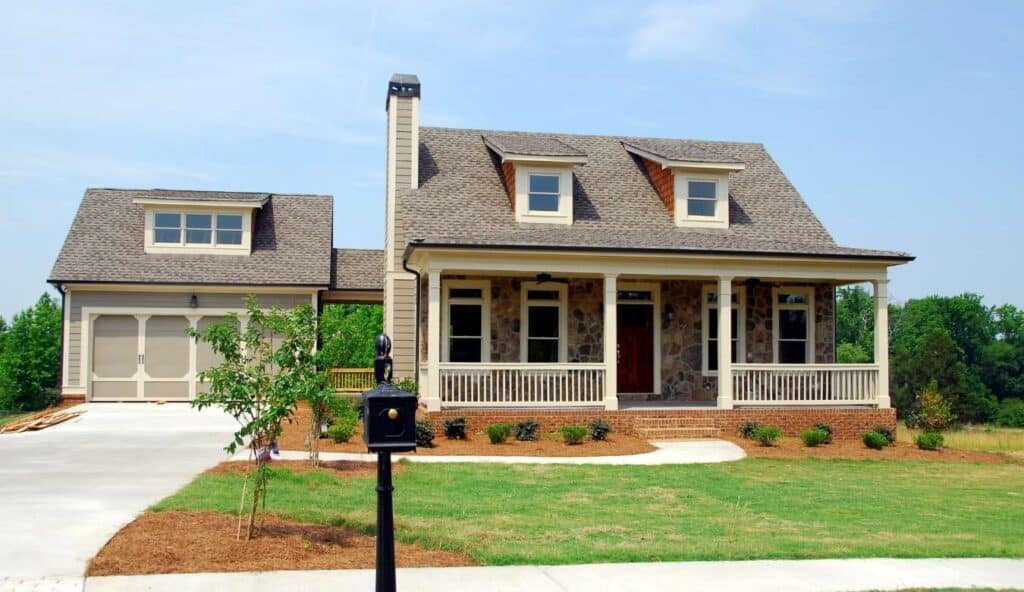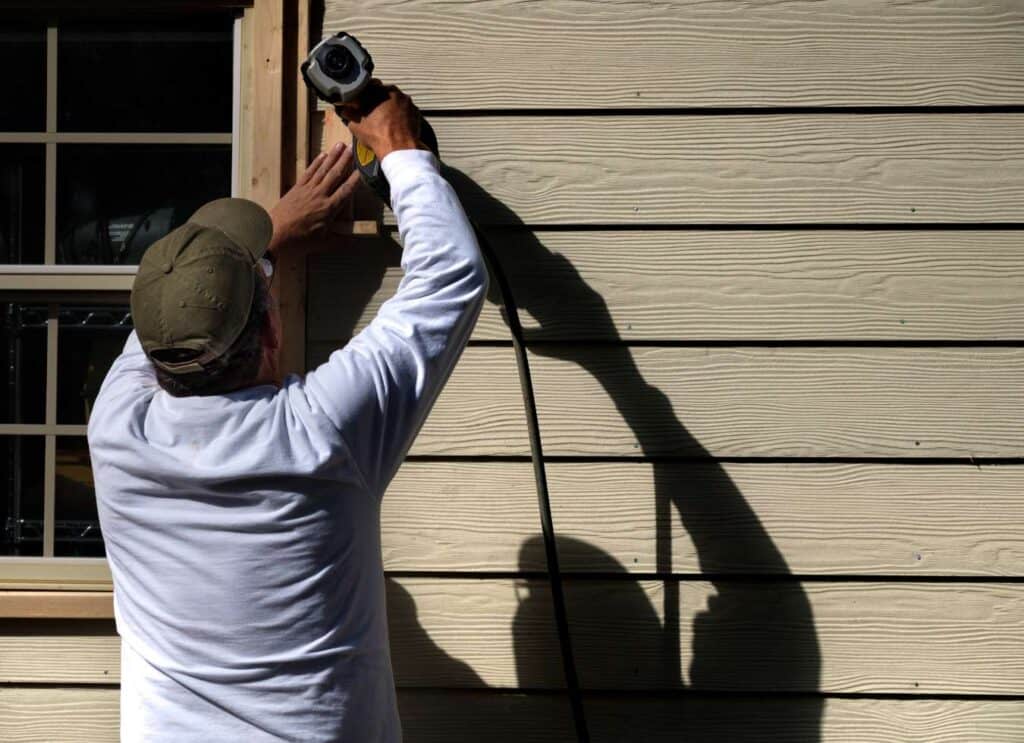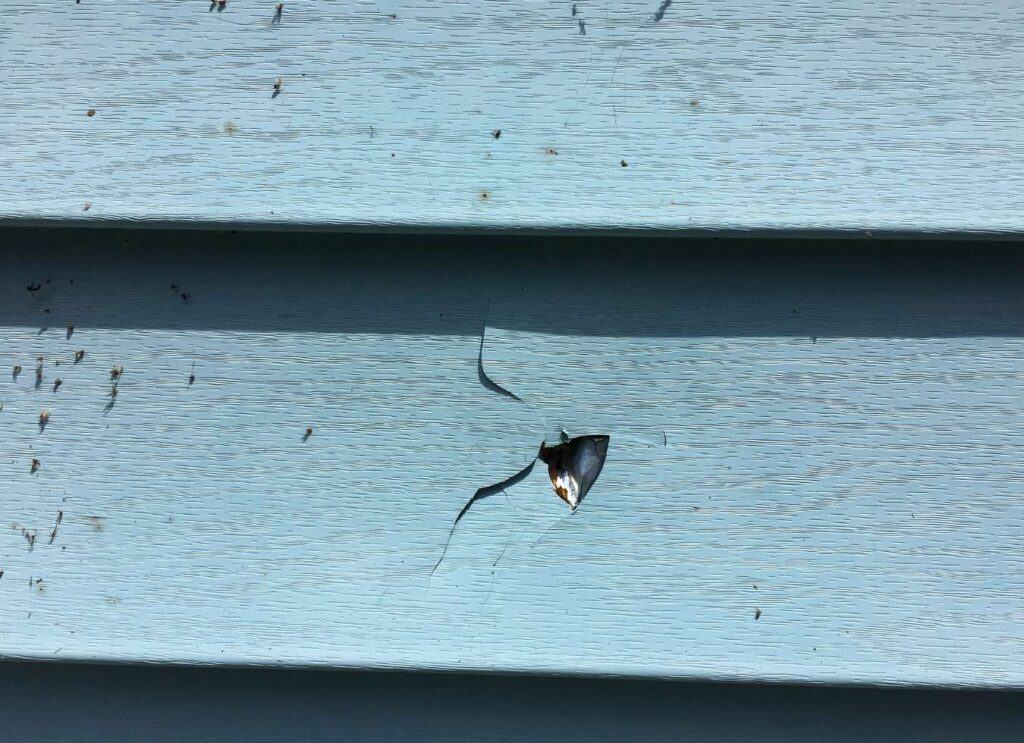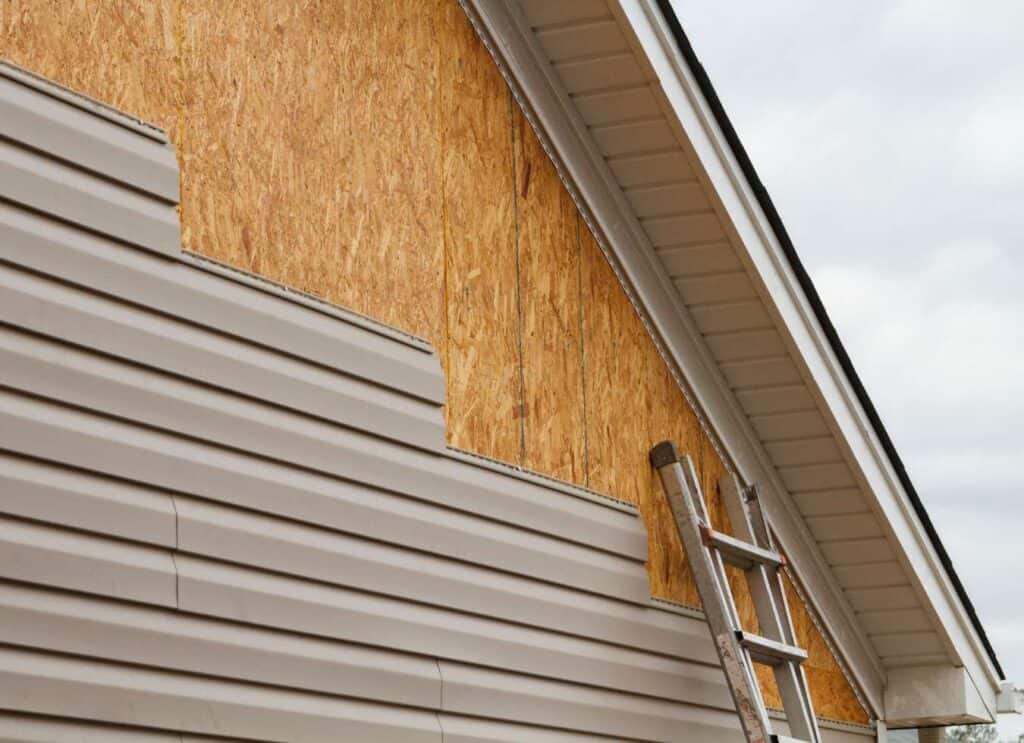If you’re searching for “roofing contractors near me” in Colorado, you’ve probably noticed that every company in the roofing industry claims to be the best. What dirty secrets do some roofing companies tell their clients behind the scenes?
At Denny’s Roofing, LLC, we believe in honesty, transparency, professionalism, a touch of humor, and a wealth of roofing expertise. So, grab your favorite beverage (we recommend a local craft brew or a strong cup of coffee—Denver style), and let’s spill the beans on what only expert roofing contractors share with their clients.
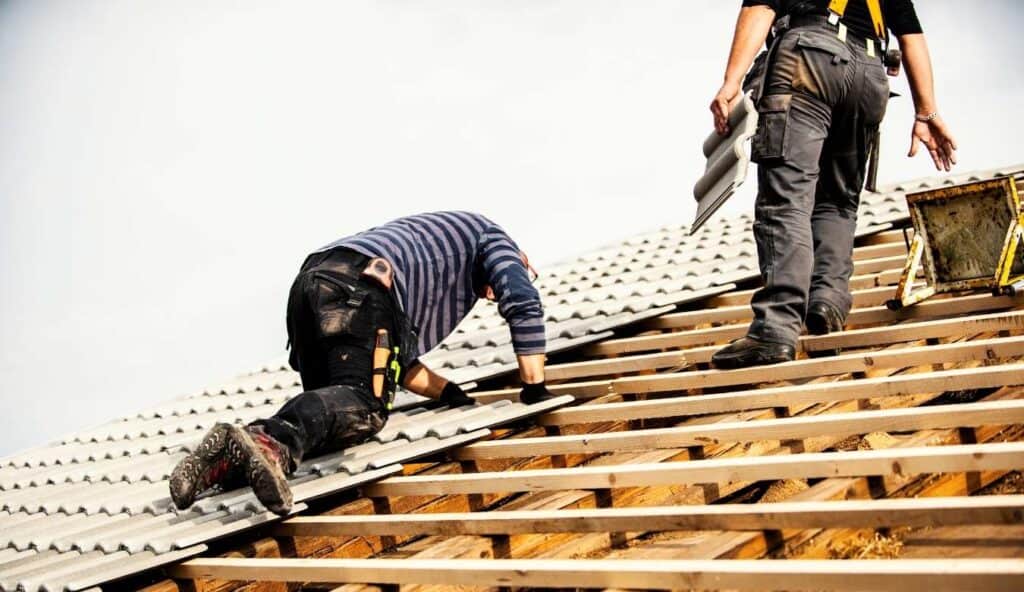
1. “Not All Roofers Are Created Equal (Sorry, Superheroes, You’re Out)”
Let’s face it: in the world of roofers, there are heroes, and there are villains. Some companies swoop in like Batman, save the day, and then vanish without a trace. But when you need them, a quick call will bring them back to help out again. Others… well, let’s say you might end up with more leaks than a sinking ship in Titanic.
At Denny’s Roofing, LLC, we’re more like your friendly neighborhood Spider-Man—always there when you need us and never afraid to get a little dirty for the greater good. With over 10 years in the industry, we’ve seen it all: hail storms that would make Thor jealous, wind gusts that rival Dorothy’s tornado, and snow loads that would make Elsa say, “Let it go!”
2. “Your Roof Is Like a Superhero Cape for Your Home”
Think of your roof as your home’s superhero cape. It protects your family, your stuff, and your sanity from Colorado’s wild weather. But unlike Superman, your roof can’t fly—so it needs regular checkups and a little TLC.
Expert roofers (like us) don’t just slap on shingles and call it a day. We inspect, repair, and maintain your roof so it remains strong, leak-free, and ready for whatever Mother Nature throws its way. And yes, we’ll even help you navigate the insurance claim process if a storm rolls through like a villain in a Marvel movie. Storms do happen here on the Colorado Front Range, and we are experts in navigating the entire process with as little stress as possible.
3. “Free Inspections Aren’t Just a Sales Pitch—They’re Lifesavers”
Here’s a secret: the best roofing companies near you (like Denny’s Roofing) offer free inspections and estimates. Why? Because we genuinely want to help you, the homeowner, protect your home—and save you money in the long run.
A free inspection can catch minor problems before they become big, expensive disasters in the roofing industry. Or worse… Not realizing that you had hail damage from last year’s storm, and the time has run out to file a claim for a new roof, and now it’s leaking. Think of it like getting a checkup at the doctor—except your roof doesn’t have to say “ah.” You will be informed of the inspection results when we share them with you.
4. “We Speak Insurance (And We’re Fluent in ‘Hassle-Free’)”
Dealing with insurance after a storm is about as fun as watching paint dry. But expert roofers know the ins and outs of the roofing process, and we’ll guide you every step of the way.
At Denny’s Roofing, LLC, we’re not just roofers—we’re insurance claim specialists. We’ll handle the paperwork, make the phone calls, and navigate the process without all the headaches so you can focus on what matters: binge-watching your favorite show while your roof gets fixed.
5. “We’re Local, and We Care About Your/Our Community”
Some roofing companies are like tourists—they show up, do the job, and disappear. However, at Denny’s Roofing, LLC, we take pride in being part of the Colorado community. We serve neighborhoods from Denver to Longmont, Ft. Collins to Castle Rock, and we treat every home like it’s our own, ensuring quality roofing services.
We’re not just here for the paycheck. We’re here to build trust, one roof at a time. And with 93% of our business coming from referrals, our reputation is as solid as a Rocky Mountain.
6. “We’re Not Just About Roofs—We’re About You”
Here’s a little-known fact: the best roofing contractors near you care about more than just your roof. They care about your experience, your peace of mind, and your sense of humor (yes, we’ll laugh at your dad’s jokes because we want you to laugh at ours, too.)
At Denny’s Roofing, LLC, we take pride in delivering 5-star customer service. We’ll keep you informed, answer your questions, and ensure your comfort throughout the entire process. Because let’s be honest—roofing shouldn’t be stressful. It should be as smooth as a Taylor Swift melody (minus all the breakup drama.)
7. “We’re Materials Experts (But We Won’t Judge Your Shingle Choices)”
There are more roofing materials out there than flavors at an ice cream shop. Asphalt, metal, tile—you name it, we’ve installed it.
While we’ll provide you with expert advice on the best choice for your project, we promise not to judge whether you want your roof to look like a work of art or blend in with the neighborhood. We are here to make your experience easier than a Nikola Jokic jump shot.
We use top-quality materials and the latest techniques to ensure your roof is durable, energy-efficient, and well-equipped to withstand whatever Colorado throws its way.
8. “We’re Not Just Repairing Roofs—We’re Protecting Dreams”
Your home is more than just a building to you, which means that your roof is just as vital to us as it is to you. It’s where memories are made, where your kids grow up, and where you relax after a long day.
That’s why we take our job so seriously.
At Denny’s Roofing, LLC, we’re not just fixing leaks or replacing shingles. We’re protecting your family, your investment, and your peace of mind. And we do it with a smile, a handshake, and maybe even a bad dad joke or two.
9. “We’re Here for the Long Haul (Not Just the Quick Fix)”
Some roofers are in it for the quick buck. But at Denny’s Roofing, we’re here for the long haul. We offer regular maintenance to keep your roof in tip-top shape, so you don’t have to worry about surprises when the next storm hits.
Think of us as your roof’s trainer—keeping it strong, healthy, and ready for action.
10. “We’re Transparent, Honest, and We’ll Never Upsell You”
Here’s the real secret: the best roofing contractors near you are honest and transparent. We’ll give you a straight answer, a fair price, and a detailed estimate—no hidden fees, no upselling, and no-nonsense.
At Denny’s Roofing, LLC, we believe in doing the job right the first time. And if you don’t need a new roof, we’ll tell you because your trust is worth more than a quick sale. Yes… there are still some good guys in the roofing business out there. That’s US!
Bonus: “We’re Just a Phone Call Away (And We Answer!)”
Unlike your ex, who never responds to texts, we’re always just a phone call away. Whether you need emergency repairs, a free inspection, or just some friendly advice, we’re here for you.
Why Choose Denny’s Roofing, LLC?
- Our expertise in the roofing business sets us apart from the competition. Over 10 years of experience in Colorado’s most challenging climate
- Our customer service is dedicated to providing the best experience in the roofing industry. 5-star service from start to finish.
- We take local pride in serving our community with top-notch roofing services. Serving Denver, Longmont, and the entire Front Range
- Insurance Help: We offer hassle-free claims assistance as part of our comprehensive roofing services.
- Free Inspections & Estimates: No obligation, no pressure
- Quality Materials: We provide only the best roofing services for your home.
Transparency is key in the roofing industry, and we are committed to keeping you informed throughout the entire process. Honest advice and fair pricing
We are here to do things right in the roofing business.

Ready to Protect Your Home Like a Pro?
If you’re searching for “roofing contractors near me” in Colorado, look no further than Denny’s Roofing, LLC. We’re the local experts who care about your home, your family, and your peace of mind.
Please call us at (970) 275-4012 or send an email message. Let’s build something amazing together—one roof at a time.
Denny’s Roofing, LLC—Protecting Homes, Building Trust, and Making Roofing Fun (Yes, Really).



